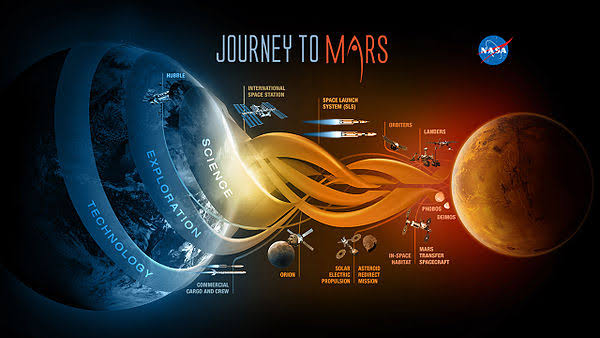Exploring the Universe

The word "explore" is heard from our childhood in different conditions and situations. the space exploration is a quite different but same as the other and it involves huge risk, talent and technology need to reach to the far light year from our home planet. The vhecile which we use should be self sustainable and can able to reach to the far distance at a less time period. inorder to make those things possible to need to develop that technology which can be able to fullfil the targets. At present SpaceX, Boing and Blue Origins are having abetter competation to make the travel economical and take the man to MARS safely. SpaceX is sucessful in developing the reusable rocket which is helpful in cost reduction. But the non of them are not able to reach to the targets of ISRO (Indian Space Research Organisation) developed PSLV and GSLV mark 2 space vehicle which costs only $75 million which is the world record that non of the space organisation came nearby to develop such kind

